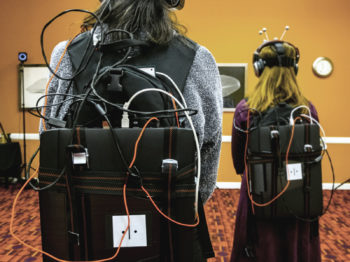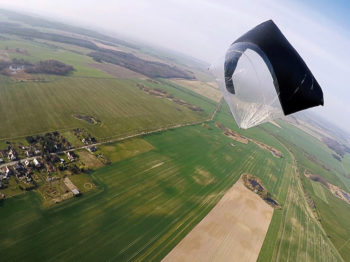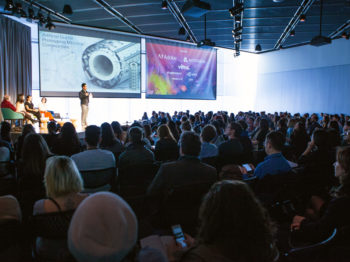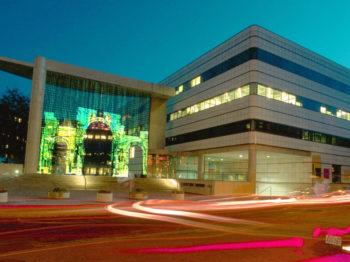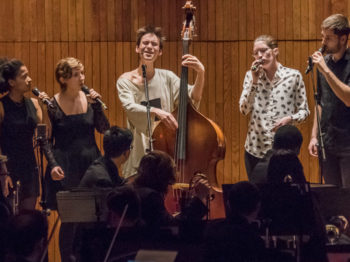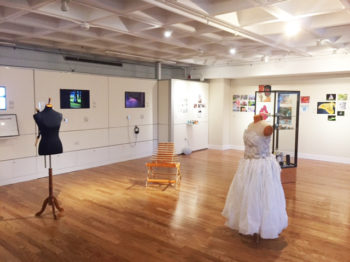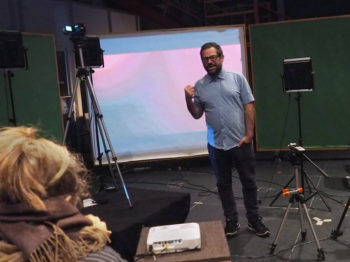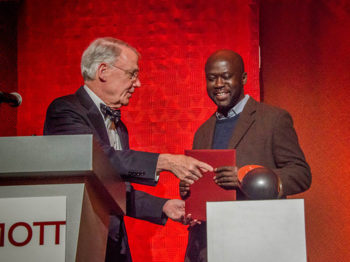
David Adjaye awarded the 2016 Eugene McDermott Award in the Arts at MIT
Renowned architect David Adjaye visited campus on several occasions this year as part of his award residency, sharing his perspective on the future of the university campus, the museum and the library.
Watch a video: Adjaye’s thoughts about the MIT Chapel
Watch a video: Adjaye’s Keynote Address
Read more about the Eugene McDermott Award in the Arts at MIT

